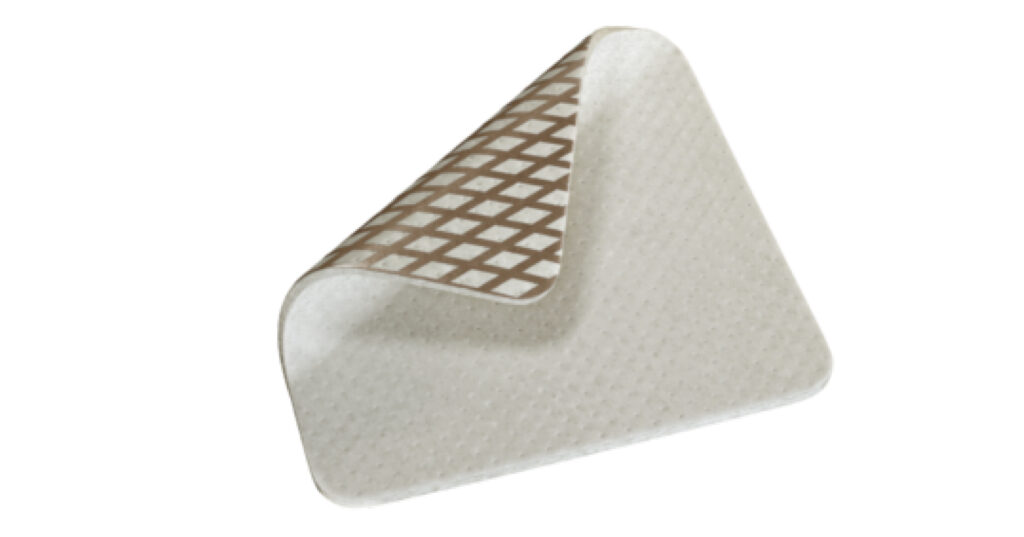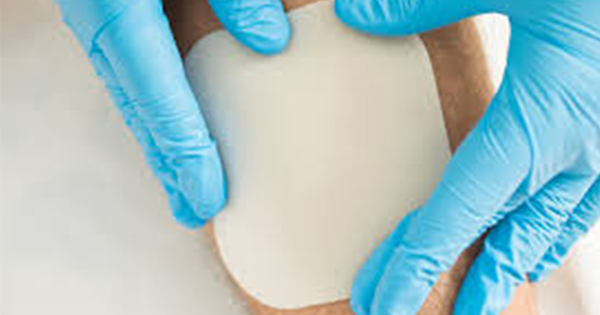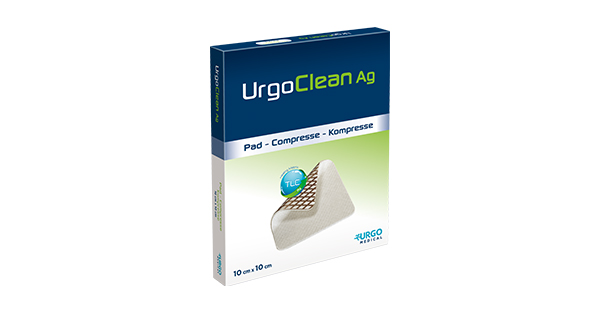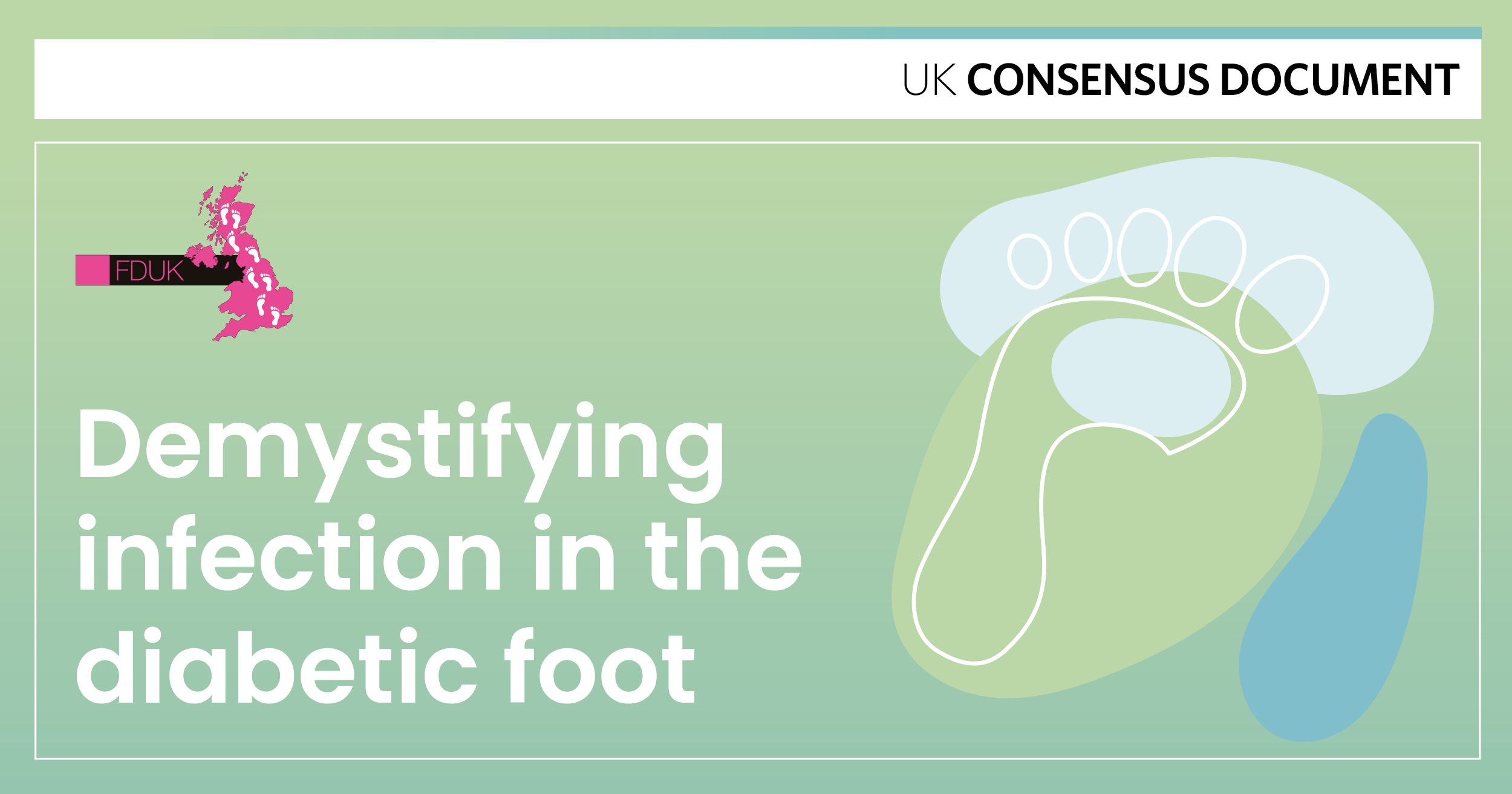The NHS treats more than 2.2 million chronic wounds per year and the total cost of managing these wounds and their associated comorbidities is £5.3 billion annually (Guest et al, 2015; 2017). Chronic wounds have a significant impact on a person’s wellbeing and their quality of life (QoL) (Green et al, 2014; Goodwin and Atkin, 2018) and are an increasing burden to our health economies. Caring for patients with chronic wounds presents a growing challenge for healthcare providers and in particular, community nursing services, where many of these patients are cared for.
There is a general agreement that an accurate, holistic and specific assessment process, that identifies and treats the underlying cause of the wound and the associated comorbidities which impact wound healing is required (Dowsett and Newton, 2005; Wounds UK, 2018). Unfortunately, there are many examples in the literature of failure to assess patients and to implement evidence-based best practice in wound care, often due to lack of knowledge, resources and constraints on time (Guest et al, 2017; Gray et al, 2018). There is considerable scope for improvement in the care and outcomes of these patients through early identification of wound chronicity and intervention with treatments that prepare the wound bed for healing.
Wound bed preparation
Chronic, hard-to-heal wounds often have complications such as infection and biofilm. The consequences of infection for the patient can be both distressing and life threatening. In addition, when patients develop complications such as infection, greater demands are placed on available resources, including the necessity for frequent dressing changes (International Wound Infection Institute [IWII], 2022). Wound bed preparation (WBP) as a concept allows the clinician to focus systematically on all the critical components of a chronic, hard-to-heal wound in order to identify the cause of the problem, and to implement a care plan that addresses the barriers to healing (Schultz et al, 2003; Dowsett and Newton, 2005). Wound bed preparation concepts that incorporate elements such as TIME (tissue, infection, moisture balance, edges of the wound or epithelial advancement) can help to systematically plan the local therapy of hard-to-heal wounds in order to ensure barriers to healing are addressed (Leaper et al, 2012). Wound bed preparation involves cleansing and debridement of the wound to remove devitalised tissue and to prevent infection and biofilm formation, in addition to early recognition and treatment of local infection (IWII, 2022).
Cleansing and debridement
Exudate, slough and devitalised tissue provide a favourable environment for microbial proliferation, inflammatory response exacerbation and wound healing hindrance (Lazareth et al, 2008). Devitalised tissue can also encourage wound infection and the growth of biofilm. Kalan et al (2023) propose that biofilms may be able to form and thrive in non-viable tissues, including necrotic tissue and slough. Wound cleansing actively removes surface contaminants, loose debris, non-attached non-viable tissue, microorganisms, or remnants of previous dressings from the wound surface and its surrounding skin (Walcott and Fletcher, 2014). Cleansing the periwound skin and wound bed to remove unwanted material is a cornerstone of wound care, as it promotes a balanced environment in which healing can take place. Where devitalised tissue is present, debridement is necessary to prevent wound complications and progress the wound to healing (Wounds UK, 2013); it is an essential component of wound bed preparation and the prevention of infection and biofilm. Debridement also creates a window of opportunity for increased efficacy of topical antimicrobial use (Wolcott et al 2010; IWII, 2022). Selection of the debridement method should be based on an assessment of the wound bed, the periwound skin, and the patient’s pain and tolerance levels (IWII, 2022). Furthermore, it should be carried out by a suitably trained clinician. Timely evidence-based treatment for the removal of slough and necrosis in a wound that includes the use of slough-trapping fibre dressings can reduce treatment costs, improve patient outcomes, as well as maintain patient safety by preventing further complications and the potential risk of admission to hospital (Grothier, 2015).
Infection
Wound infection is a challenge for both the patient and healthcare professionals caring for them. Early identification and treatment of wound infection is an important consideration in WBP. If infection is not identified and treated early, it can have severe consequences, such as systemic infection or sepsis, and can significantly impact both the patient’s QoL and healthcare systems (Dissemond et al, 2020a; IWII 2022). A holistic assessment of the patient and their wound must be carried out, including the anatomical location and presentation of the wound bed and periwound region, and identifying clinical signs and symptoms of infection is recommended. The IWII wound infection continuum is a useful framework to determine the increasing microbial burden in the wound and can be used for assessment and ongoing review to determine best practice interventions in relation to the use of antimicrobial dressings. (Figure 1).
In addition to optimising the individual’s host response, reducing local microbial burden is essential to promote an environment for wound healing (World Union of Wound Healing Societies 2008; IWII, 2022). As well as therapeutic cleansing and debridement, the use of topical antimicrobial dressings is recommended for treating local and spreading infection. Best practice recommendations advise that topical antimicrobial treatments are used to manage wounds exhibiting signs and symptoms of local wound infection; wounds suspected or confirmed as having biofilm (IWII, 2022). Where spreading or systemic infection is present, they should be used in conjunction with systemic antibiotics (IWII, 2022).
Silver dressings
Topical antimicrobials such as silver have long been used in wound care to manage infection. Over the past decades, a wide range of wound dressings that contain elemental silver or a silver-releasing compound have been developed (Dissemond et al, 2017). The primary function of silver dressings is to reduce infection and they are active against a broad range of bacteria, fungi and viruses, including many antibiotic-resistant bacteria, such as methicillin-resistant Staphylococcus aureus (MRSA) and vancomycin-resistant Enterococci (VRE) (Percival et al, 2008). Silver dressings can be used on acute wounds, such as traumatic wounds (including burns) or surgical wounds, and chronic wounds that present with localised infection. They may also be used on wounds with spreading or systemic infection, but in these cases they must be used alongside systemic antibiotics. Silver dressings are not for use on wounds where bioburden is not a problem, i.e. they should be reserved for use in wounds with or at risk of high bioburden or local infection (Wounds International, 2012). International clinical guidelines recommend that silver dressings are used for wounds where infection is already established or an excessive wound bioburden is delaying healing, with regular re-evaluation (IWII, 2022). Silver dressing selection should be based evidence and on an assessment of the patient and their wound, taking clinical signs and symptoms into consideration.
Antimicrobial stewardship (AMS)
There have been concerns over the use of antibiotics/antimicrobials and antimicrobial resistance (AMR) whereby microorganisms evolve over time and no longer respond to antimicrobial therapy. However, bacterial resistance to silver appears to be rare and there is no evidence that silver contributes to its development (Wounds UK, 2021). Antimicrobial stewardship (AMS) is a priority identified by the World Health Organisation (WHO) WHO, 2021, which is committed to an approach that aims to combat antimicrobial resistance. All healthcare practitioners caring for patients with, or at risk of, wounds should be aware of the causes of antimicrobial resistance and share the responsibility to promote safe practice. They should also understand the importance of antimicrobial stewardship to combat and slow the emergence and spread of antimicrobial resistance (Wounds UK, 2020).
It is important when using silver dressings that clinicians combine both clinical judgement and the clinical presentation of the wound and patient to make a diagnosis of infection. They should not be used for prolonged periods of time and best practice recommendations suggest use for two weeks in the first instance and then reviewing the patient and the wound (Wounds UK, 2021). While the two-week period provides a suitable assessment time frame to establish whether a particular antimicrobial treatment is working effectively, it should not be viewed as an automatic stop point for treatment. The two-week point should be viewed as an opportunity for review.
After two weeks. re-evaluate and either:
- Discontinue if signs and symptoms of infection have resolved
- Continue with the antimicrobial if the wound is progressing but there are still signs and symptoms of infection
- Consider an alternative antimicrobial if there is no improvement and refer to a wound care specialist (Wounds International, 2012; Wounds UK, 2021; IWII, 2022).
UrgoClean Ag: a multidimensional product
There are many products available for effective WBP, including cleansing, debridement and treating infection and biofilm. Increasing advances in technologies has led to the development of multidimensional products, such as UrgoClean Ag, that have a combined action of continuous cleansing and debridement of the wound in addition to antimicrobial action and can be used to effectively treat local infection and biofilm. This additional ‘cleaning’ action, may improve the efficacy and availability of the silver, resulting in improved outcomes and cost savings (Wounds UK, 2021). Using one product instead of several products to achieve a healthy wound bed also simplifies the process of dressing selection and can potentially reduce cost.
UrgoClean Ag has been shown to provide a continuous cleansing action sustained for up to seven days (Dalac et al, 2016), which is an important factor in the treatment of leg ulcers where patients are often in compression bandages for seven days. When the dressing is in contact with wound exudate, the TLC-Ag matrix forms a gel, creating a moist environment that promotes wound healing. Simultaneously, the hydro-desloughing, polyabsorbent polyacrylate fibres absorb excess exudate, forming a gel. These hydro-desloughing fibres bind to the sloughy residues, absorbing and draining them facilitating autolytic debridement. In addition, the Ag+ ions give UrgoClean Ag an antibacterial activity that helps reduce the local bacterial load. The Ag+ ions have broad-spectrum antimicrobial activity, and are particularly effective against Staphylococcus aureus, MRSA, Streptococcus pyogenes and Pseudomonas aeruginosa, the microorganisms most implicated in infected wounds (Dissemond et al, 2020a).
Clinical evidence
The significant autolytic debridement properties of the polyabsorbent fibres and the significant efficacy on the healing process of the TLC-Ag healing matrix on the decrease of clinical signs of infection have been previously demonstrated compared with a relevant control group in randomised controlled trials. The polyabsorbent fibres were found to be effective with autolytic debridement properties in a randomised controlled trial (RCT) (Meaume et al, 2014). The TLC-Ag healing matrix has been established in its efficacy in the management of chronic wounds presenting with a risk of infection, as demonstrated through previous randomised controlled trials (Lazareth et al, 2008; 2012).
Dissemond et al (2020b) conducted a prospective, multicentre, observational study of participants presenting with wounds at risk or with clinical signs of local infection. A total of 2270 patients with acute and chronic wounds of various aetiologies were treated with a TLC-Ag dressing (UrgoClean Ag™) for a duration of 22±13 days. Key outcome measures were reduction in number of wound infections diagnosed and clinical signs of local infection, wound healing rate, clinical assessment of wound healing progression, relative wound area reduction (RWAR) and local tolerability, handling and acceptance of the dressing. The study reported that all clinical signs of local infection and the diagnosed wound infections were substantially reduced at two weeks after the treatment initiation. All wound infection parameters continued to reduce until the last visit. Clinical improvement in wound healing was reported in 98.9% of acute wounds, with a wound closure rate of 68.5%. In chronic wounds, a median RWAR of 57.4% was achieved, with an improvement in healing process documented by clinicians in 90.6% of cases, stabilisation in 6.1% and worsening in 3.2%. The dressing was well tolerated and well-accepted by both patients and healthcare professionals.
Dalac et al (2016) reported on a prospective, multicentre, non-controlled clinical trial to test the efficacy of TLC-Ag (UrgoClean Ag). Participants were recruited from both acute and community settings across 17 centres. Eligible participants had leg ulcers of venous or mixed aetiology, displaying at least three of the following clinical signs: pain between dressing changes, periwound erythema, local oedema, malodour, or heavy exudate levels. Duration of the leg ulcer was >1 month or <36 months, with a wound bed containing >50% slough with no necrotic tissue and ranged in size between 3cm2–50cm2. Patients were treated with TLC-Ag™ (UrgoClean Ag™) for a maximum period of four weeks and the wounds underwent weekly assessment by healthcare professional, which included area tracings and photographs. The primary outcome measure was the wound area reduction following four weeks of treatment with secondary outcomes including reduction in clinical signs of infection, presence of slough and condition of the periwound area. The study reported a 32.5% reduction in wound surface area covered by slough and the number of clinical signs of infection decreased from 4.0 to 2.0 compared to baseline. At week four there was a 62.5% reduction in sloughy tissue compared to baseline, 58.8% of wounds were debrided and the periwound skin was found to be healthy (2.7% at baseline). The dressing presented a good safety profile and there was a high level of acceptability by both patients and staff. The results of these studies indicate that TLC-Ag (UrgoClean Ag™) is a credible wound therapy in the management of chronic wounds at risk of infection.
Use of UrgoClean Ag in clinical practice
Case studies 1 and 2 are from clinical practice. They demonstrate the use of UrgoClean Ag in clinical practice to manage infection and biofilm and to improve patient outcomes.
Discussion and conclusion
The basis of successful treatment for patients with chronic, hard-to-heal wounds should always start with an assessment of the underlying causes, comorbidities and relevant factors impeding wound healing. Wound bed preparation as a concept allows the clinician to focus systematically on all the critical components of a chronic, hard-to-heal wound to identify the cause of the problem, and to implement a care plan to address the barriers to healing. Selecting the right dressing, at the right time, for the right patient is critical to ensure an optimum wound healing environment by cleansing, debridement and preventing and treating infection. Healthcare professionals are faced with multiple choices when selecting dressings and should consider both the clinical evidence and the patient experience and outcomes. The development of multidimensional products such as UrgoClean Ag, which have a combined action of continuous cleansing, debridement of the wound, and antimicrobial action can be used to effectively treat local infection and biofilm. The additional continuous cleaning action may improve the efficacy and availability of the silver, resulting in improved outcomes and cost savings. Using one product instead of several products to achieve a healthy wound bed can also simplify the process and potentially reduces cost.







